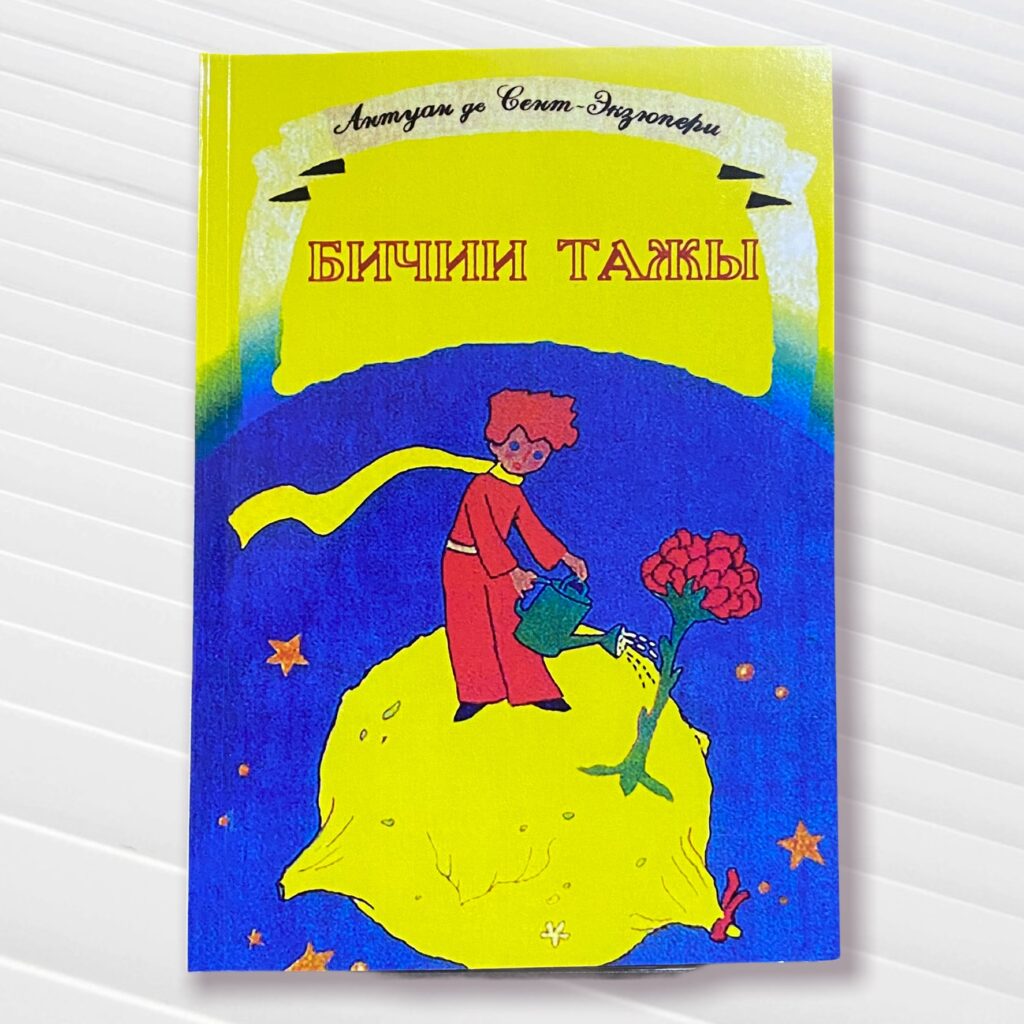
Бичии Тажы / Bichii Tazhy — in Tuvan language.
Tuvan / Tyva Dyl / Тыва Дыл is a is a Turkic language spoken by the Tuvan people, who live primarily in the Tuva Republic of Russia, which is located in the southern part of Siberia. It is also spoken in some neighbouring regions of Russia, as well as in Mongolia, China, and Kazakhstan.
Tuvan belongs to the Siberian branch of the Turkic language family, which also includes Yakut, Dolgan, and other languages spoken in Siberia. It is closely related to the Altai variant of the Altai language. The language has borrowed a great number of roots from the Mongolian language, Tibetan and the Russian language.
This translation has been decades in my wish list, since the story of Richard Feynman who tried to visit a small country called Tuva with Kyzyl as its capital city. “A city spelled k-y-z-y-l must be interesting to visit,” he said. He failed to pay a visit to this country anyway.
The Tuvan people have historically been referred to as Soyons, Soyots or Uriankhais. They have been ruled by China, Russia, and Mongolia for thousands of years. Their most recent time of independence was from 1921 to 1944, when they were considered the Tuvan’s People’s Republic. Tuva lost its independence to the Soviets in 1944. In the Soviet era, Tuvan was written using a modified version of the Cyrillic script. In 1990, the Tuvan people wanted to be as independent as possible from the Russian Federation following the collapse of the Soviet Union. They especially emphasised their want for independence in terms of their language and culture. In recent years there has been a movement to adopt a modified Latin script to better reflect the phonetics of the language.
Like other Turkic languages, Tuvan has a complex system of vowel harmony and agglutinative grammar, which means that words are formed by combining roots with a series of affixes to indicate tense, aspect, case, and other grammatical features. The language also has a number of loanwords from Russian and other neighboring languages, reflecting its history of contact with these cultures.
Tuvan has a rich oral tradition and a history of written literature dating back to the early 20th century. It is also notable for its distinctive throat singing tradition, which is known as khoomei or khöömei in Tuvan. This involves producing multiple harmonics simultaneously using techniques that involve the throat, mouth, and lips. Khoomei is an important part of Tuvan culture and is often performed at traditional events such as weddings, funerals, and religious ceremonies.


